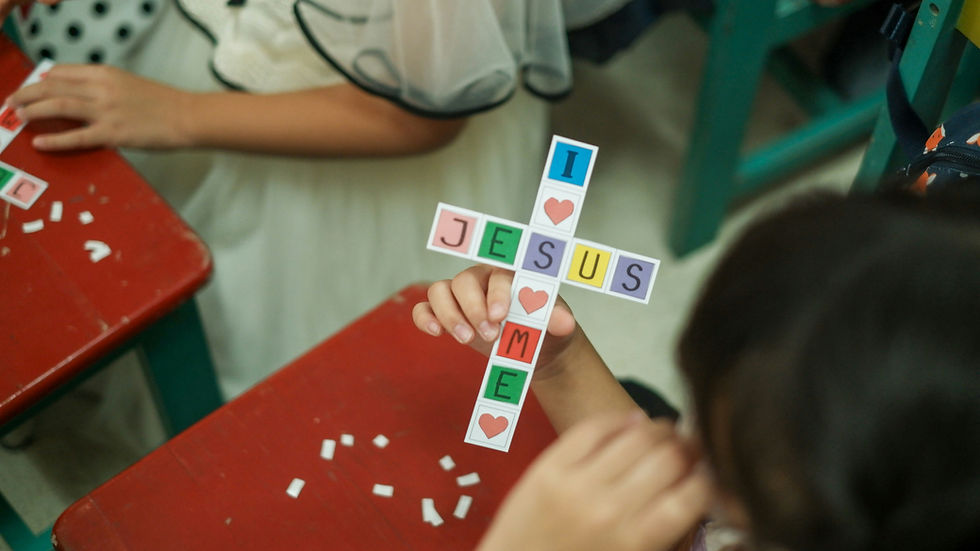Clearing out my parents' home
- laura7868
- Aug 15, 2024
- 3 min read
My family and I recently gathered to clear out our parents’ home. Some tasks were an emotional monsoon. Others brought joyous shrieks of “Oh! Remember this?” and the background stories started rolling. Stories that our spouses and children had never heard, because, quite frankly, we forgot them ourselves until our memories were nudged. We were making memories in the retelling of memories. It was wonderful and gut-wrenching all at once.
In the end, I took home some measuring cups and spoons that Mom and I had baked with, and and a mug that Dad used in the last several years. I got the quilt from his bed and one of his coats and took two photos from the albums.
All three of us, independent of each other, expressed an interest in the cinnamon/sugar shaker. Why? I don’t know, except to say it probably best represented a memory of everyday life back then. It pre-dates all three of us and was a quiet symbol of stability. Clothes, dishes, furniture, even cars and homes changed over the years, but this humble shaker was always there. Literally infusing our mornings with sugar and spice. My brother got it, because he had the latest tetanus shot. Did I mention the lid may have been a tad rusty?
Why do we want all the stuff? Is it the stuff or the memories they represent? Matt Paxton, in his book, Keep the Memories, Lose the Stuff, talks about telling or writing down the memories associated with some of the stuff we keep in our homes. It releases the need to keep things, if we’ve told the stories that go along with it. Because, it’s not about the items, it’s what they represent. A time and place long gone. Sugar and spice. There is some real wisdom in this. I like the idea of taking pictures of items, too. We can still “see” the item, without having to store it in our house.
I would be a hypocrite if I said we should never keep any sentimental items, after all, I have the measuring spoons and mug etc. But where do we draw the line? I am going to submit that it’s all in the usability. The things I walked away with I use almost daily. Every time I use the measuring spoons, or have my morning coffee in Dad’s mug I am connected to those memories. I see the wooden holder, now gone, that held the measuring spoons upright on the formica countertop. I see Dad’s thin hands, fidgeting with the mug on the floral vinyl tablecloth. He was a fidgeter.
There was a lot of stuff that I could have taken - things with memories attached. But either those items would have been wildly out of place (not the same type of decor) or I simply had something similar already that had its own memories in place. I did not give up my claim on the cinnamon shaker because of a fear of tetanus, but because we have a cinnamon shaker that my girls have grown up with and there is a story behind how we acquired it.
Space was another factor. There were some large mixing bowls that I knew I might use, but I didn’t have the space for them. If I hadn’t needed them before, why would I haul them home, just to put them in storage? I am blessed that at this stage in life, I didn’t “need” most of the items in my parents’ home. They had some beautiful things, but my home is comfortably full. They need to bless someone else’s home.
If you are like so many people these days, surrounded by stuff, if it is cramping your rooms, cabinets, garages, then take Matt Paxton’s advice and keep the memories. Lose the stuff. Your home is not a storage container, but your mind can be. Take a picture of the items. Nudge the memory. Write down the story. Keep the things you will use consistently and clear your space of things that weigh you down. Open yourself to make new memories (minus the tetanus.)
Laura ~ your organizing girlfriend





Comments